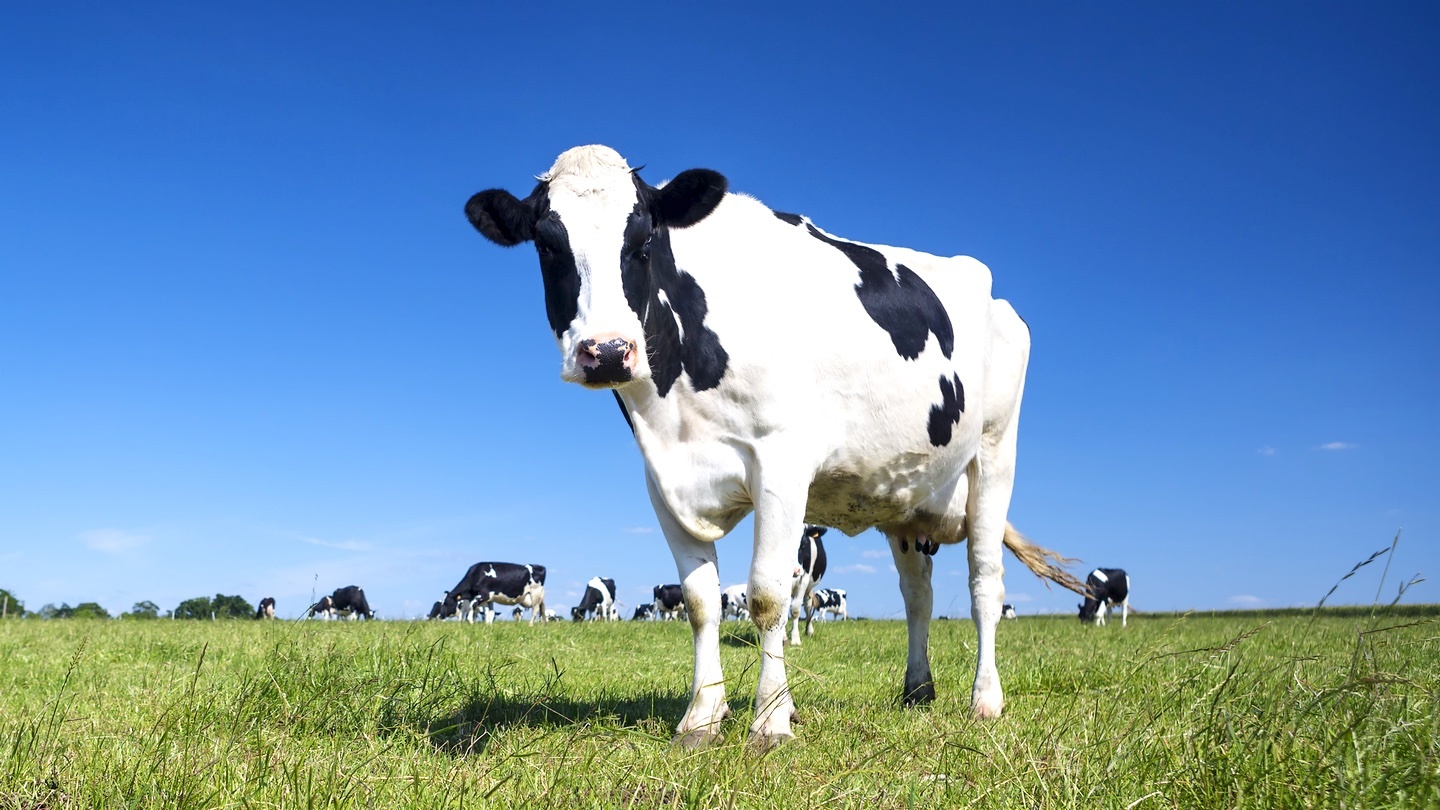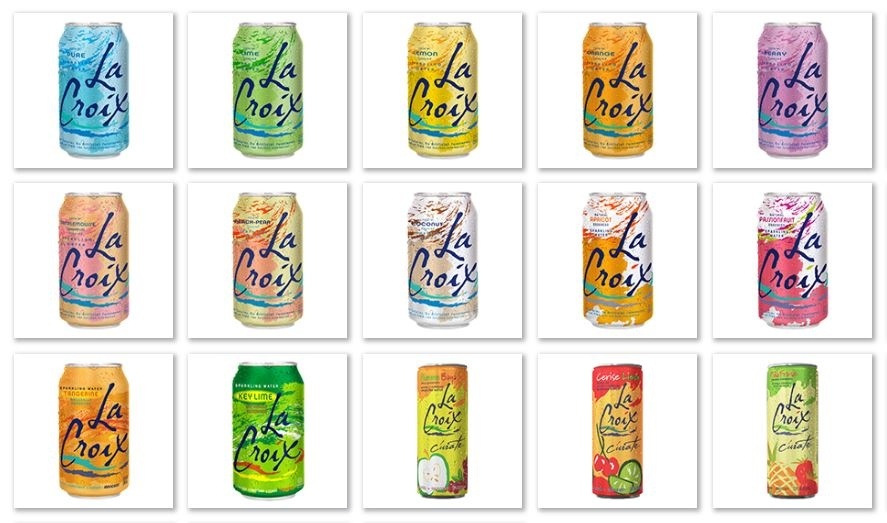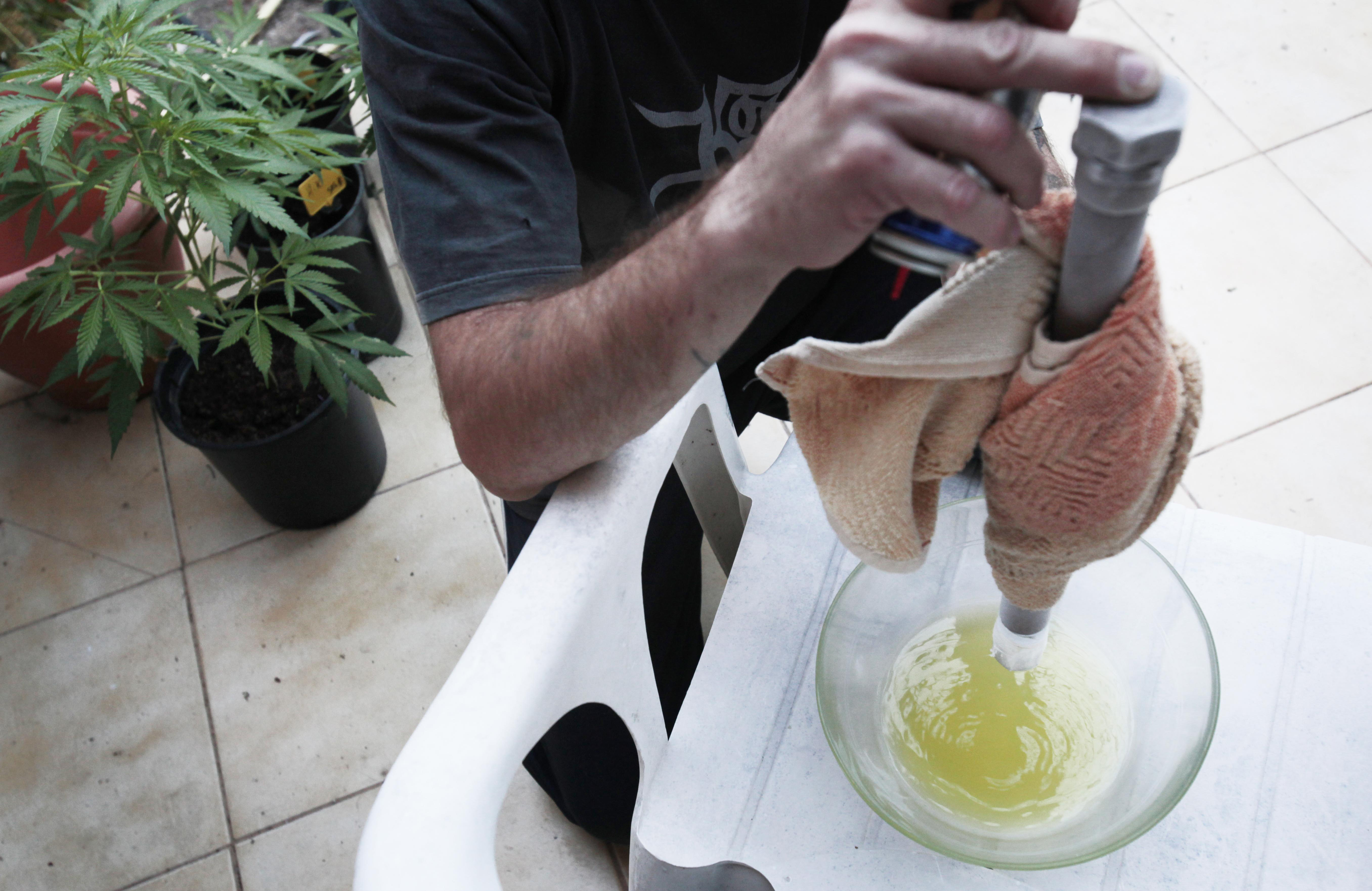fda
The FDA calls out creators of genetically tweaked hornless bulls.
The lawsuit might be right in disputing LaCroix’s “all-natural” claim, but fans of the sparkling water probably don’t have much to worry about.
Homeopathic manufacturers take advantage of sick and vulnerable populations in criminal ways—and the FDA is, after much absence, starting to crack down.
The results of two human clinical trials involving elderly patients suffering from frailty showed no adverse side effects and “remarkable” physical improvement.
The cognitive boost of taking testosterone supplements has not been substantiated — but let’s face it, most men aren’t seeking a better memory when popping testosterone pills.
Studies and trials point to the potential of a rave drug becoming the newest antidepressant medication in decades.
Studies have shown that cannabidiol (CBD) can help with epilepsy, heart disease, diabetes, and even schizophrenia.






